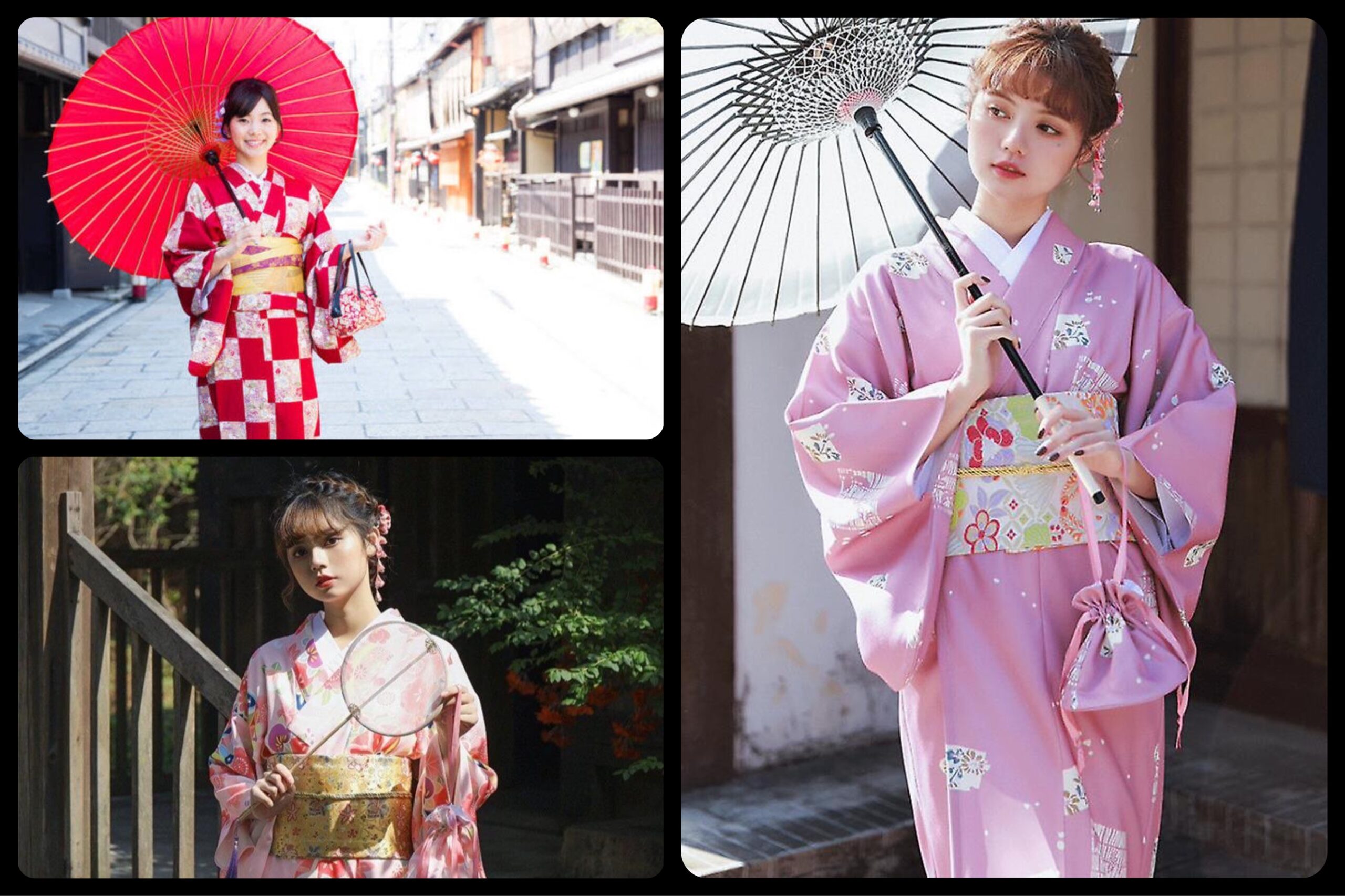The Japanese Kimono: A Timeless Symbol of Culture and History
The Kimono, a traditional Japanese attire, stands as a timeless emblem of Japanese culture and history with its origins tracing back to the Heian period, spanning from 794 to 1185. Crafted from a single bolt of fabric, typically silk, the Kimono embodies centuries of tradition and craftsmanship.
The Kimono: More Than Just Attire
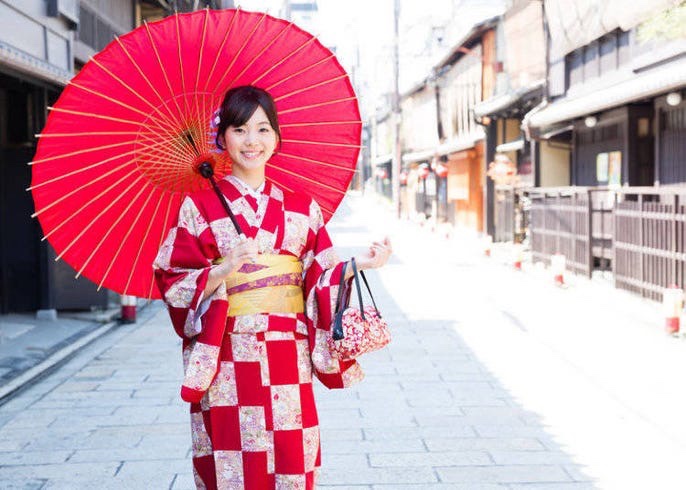
The Kimono, a garment secured with an ‘obi’ sash, holds profound significance that transcends its material and design, akin to many other cultures worldwide. It is not just clothing; it serves as an embodiment of tradition, beliefs, and etiquette. Traditionally, the Kimono was donned by both men and women during special occasions such as weddings, religious holidays, and coming-of-age ceremonies. Join us as we delve into the captivating realm of the Kimono, exploring its rich history, cultural importance, the artistry involved in its creation, and the etiquette that surrounds its wear.
The Kimono Through Time: A Glimpse into Its Evolution
The history of the Kimono unfolds like a rich tapestry, weaving through the annals of time, and reflecting the transformation of Japanese society. Initially, Kimonos graced individuals from all walks of life, but over the years, they evolved into garments primarily reserved for special occasions and ceremonies.
In contemporary times, the Kimono has transcended its traditional role, becoming a symbol of both fashion and cultural appreciation, embraced by Japanese and non-Japanese alike. However, donning a Kimono involves more than just wearing clothing; it requires an understanding of the intricate etiquette and customs that surround this revered attire.
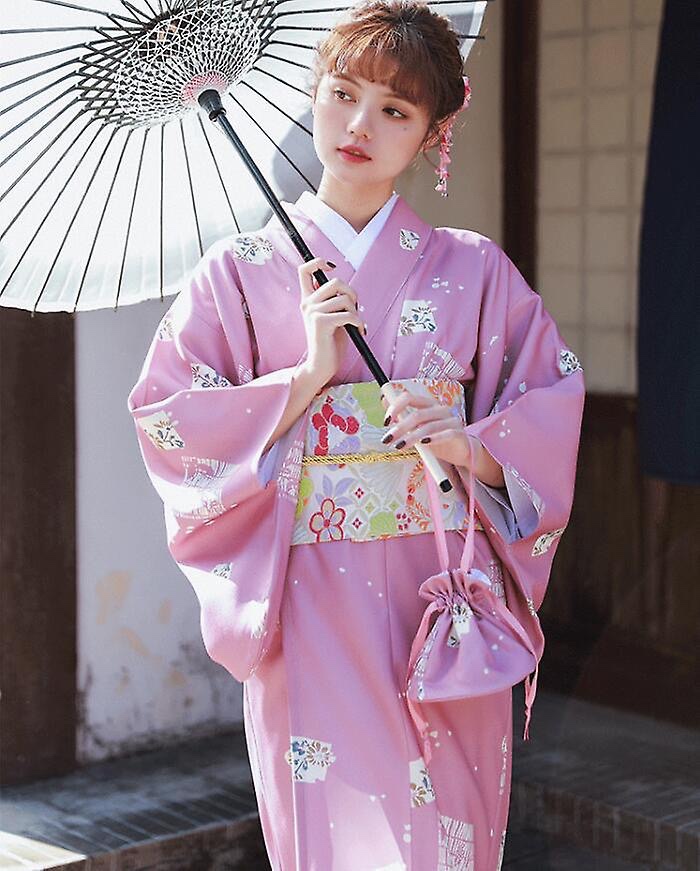
Today, the Kimono is predominantly worn by women during significant events such as weddings and festivals, while men also embrace this traditional attire during ceremonies and tea ceremonies. Seasonal variations include the ‘yukata,’ a lightweight cotton Kimono suitable for the summer. The Kimono’s evolution mirrors the ever-changing landscape of Japanese culture and society.
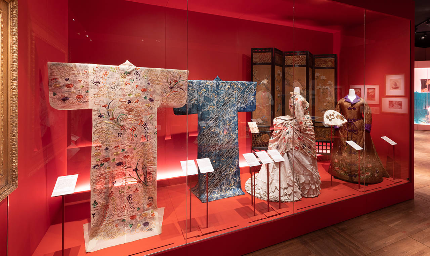
The Artistry of Crafting Kimono
The creation of a Kimono is a laborious craft that demands intricate skill and expertise. Craftsmen meticulously bring these garments to life using an array of fabrics, including silk, cotton, and linen. Kimonos boast intricate patterns and designs, often imbued with symbolism, featuring traditional Japanese motifs like cherry blossoms, cranes, and waves.
These exquisite garments are painstakingly crafted by hand, requiring a great deal of skill and expertise. Each Kimono serves as a testament to the remarkable craftsmanship and artistry that defines Japanese culture.
Kimono Today: A Fusion of Culture, Tradition, and Respect
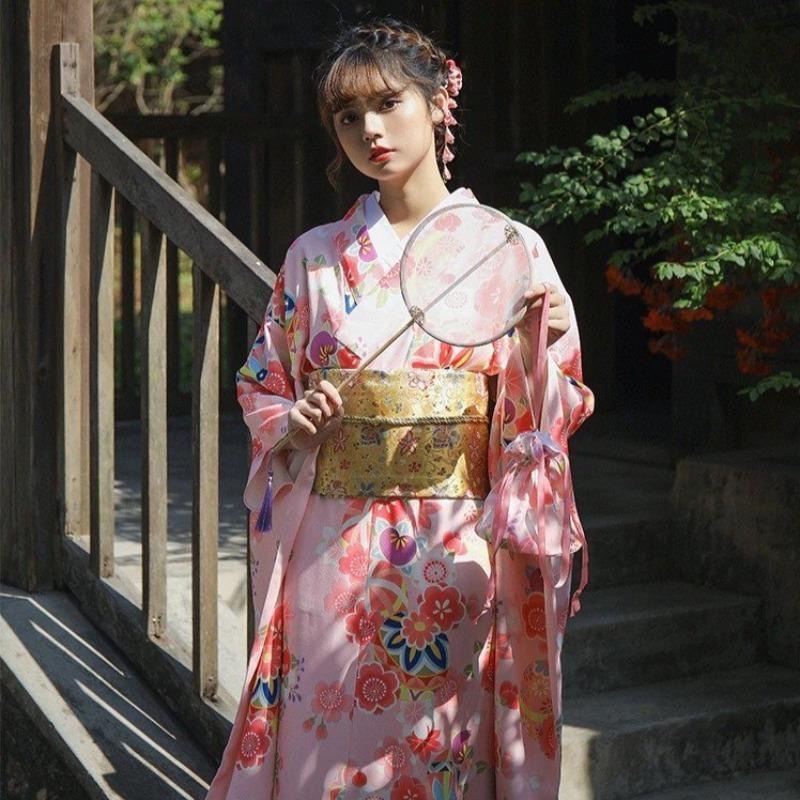
While Kimono fashion has evolved, it remains deeply intertwined with Japanese culture and tradition. This attire extends beyond the robe itself, encompassing a wide ‘obi’ (belt), ‘zori’ (sandals), and ‘geta’ (clogs), each playing a vital role in completing the ensemble.
Although primarily reserved for special occasions, some individuals in rural parts of Japan continue to embrace the kimono as part of their daily attire. However, wearing a kimono comes with specific etiquette and customs. For example, revealing too much of the undergarments or wearing the kimono with an open collar is considered disrespectful. It must be accompanied by the correct accessories and worn appropriately for the occasion.
The kimono isn’t merely a garment; it stands as a symbol of Japanese culture, tradition, and history. Its intricate designs and symbolic motifs reflect the profound respect and reverence that the Japanese people hold for their heritage. The kimono serves as a testament to the enduring beauty and cultural significance of Japan’s traditional attire.
